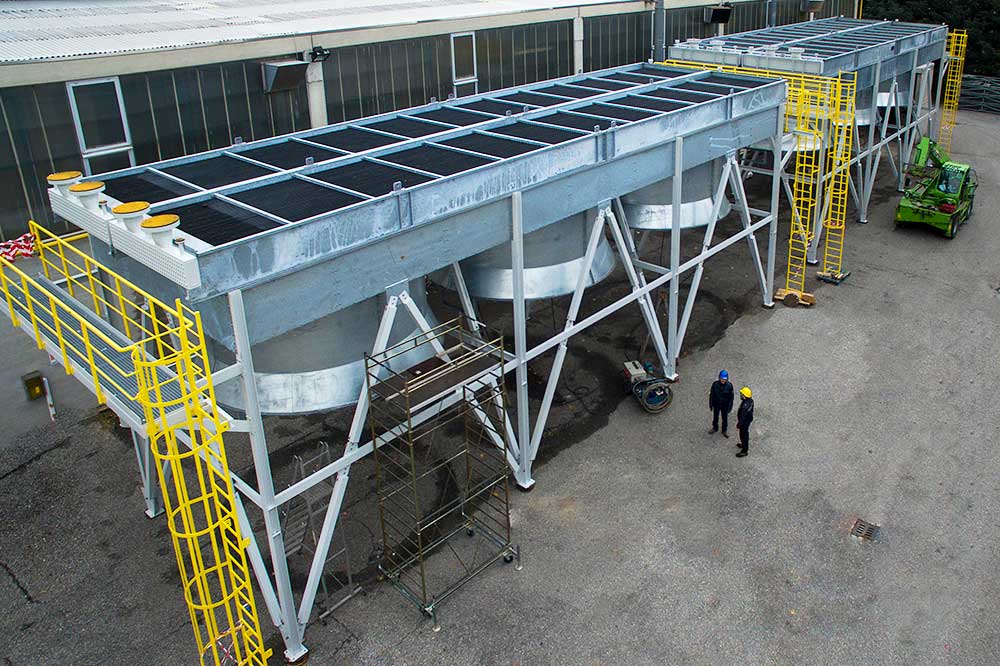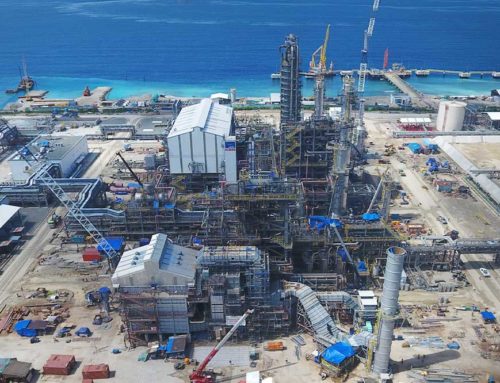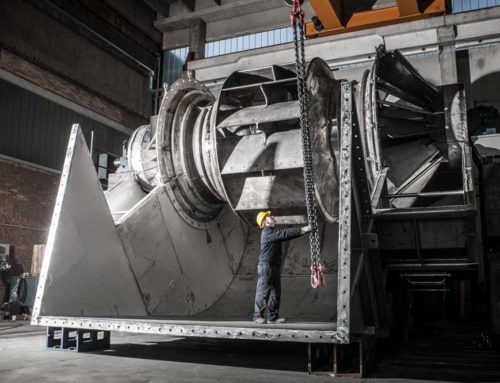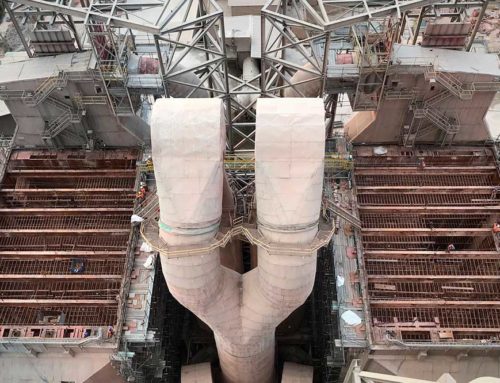Products: Air Cooled Heat Exchangers (ACHE)
Industry: Oil & Gas
Location: Chinarevskoye Field, Kazakhstan
Boldrocchi designed, manufactured, inspected & tested nine (9) high performance air cooled heat exchangers (ACHE) solutions for a complex project in Kazakhstan and delivered all products in an impressive 11-months. The quick turnaround for Nostrum Oil & Gas’s Chinarevskoye field project occured despite several challenges: the ACHEs had to be light enough to be mounted atop pipe racks, efficient & reliable while using external recirculation in extreme temperature variations, and sturdy as they’re in a seismic zone.
Our scope of supply
We engineered, purchased raw materials, manufactured, inspected and tested:
- 9 air cooled heat exchangers (ACHE)
- Steel support structures
- Motors
- Fans
- Multi-Louver dampers
- Actuators
- Floors
- Complete cabinets
The nine heat exchangers were to cool natural gas as part of the downstream process. There are special demands on heat exchangers in oil & gas midstream and downstream processing. To ensure high performance under all conditions, reliability and longevity, the thermal and hydraulic design portion is complex yet crucial. It is also imperative to properly evaluate the life-cycle cost, footprint and weight of the system. The coolers must not only withstand corrosive media, but extreme pressure and temperatures. In this case, they also had to conform to a specific layout and be light enough to be placed atop pipe racks.
Although each of Boldrocchi’s nine heat exchangers was similar, they did vary in design, dimensions and material of construction. The smallest was 3 m x 12 m x 10 m high while the largest had four bays and measured 35 m x 12 m x 10 m high. All air coolers were built to the relevant codes and standards: API 661, ASME VIII div. 1 (with ASME U-stamp and National Board of USA registration), as well as local Kazakhstan laws and regulations (e.g. GOST Requirements).
Read more about this project in our article “Rising to the Challenge” in Hydrocarbon Engineering’s June 2017 issue.




